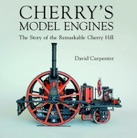

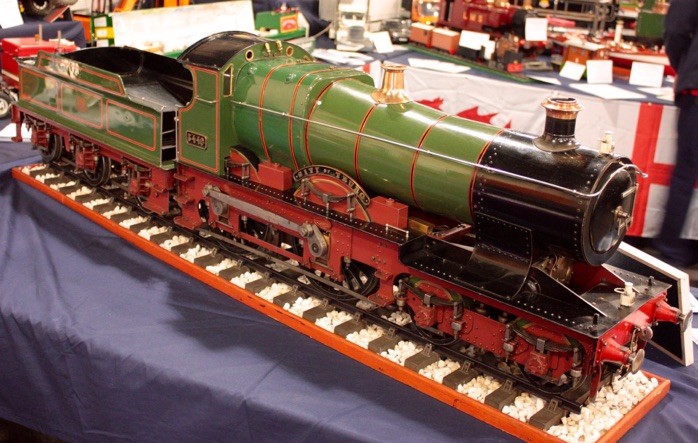
This model of City of Truro was displayed at the Doncaster exhibition in 2016. We do not have details, but it represents an example of a fine model which has seen some use.
As every school boy used to know, the first steam locomotive to run at 100mph (faster than any car or aeroplane at the time) was the GWR City of Truro in 1904. Charles Rous-Marten recorded:
“On one occasion when special experimental tests were being made with an engine having 6 ft. 8 in. coupled wheels hauling a load of approximately 150 tons behind the tender down a gradient of 1 in 90, I personally recorded a rate of no less than 102.3 miles an hour for a single quarter-mile, which was covered in 8.8 seconds, exactly 100 miles an hour for half a mile which occupied 18 seconds, 96.7 miles an hour for a whole mile run in 37.2 seconds; five successive quarter-miles were run respectively in 10 seconds, 9.8 seconds, 9.4 seconds, 9.2 seconds and 8.8 seconds.
“This I have reason to believe to be the highest railway speed ever authentically recorded. I need hardly add that the observations were made with the utmost possible care, and with the advantage of previous knowledge that the experiment was to be made, consequently without the disadvantage of unpreparedness that usually attaches itself to speed observations made in a merely casual way in an ordinary passenger train. The performance was certainly an epoch-making one. In a previous trial with another engine of the same class, a maximum of 95.6 miles an hour was reached.”
Later, he wrote: “...What happened was this: when we topped the Whiteball Summit, we were still doing 63 miles an hour; when we emerged from the Whiteball Tunnel we had reached 80; thenceforward our velocity rapidly and steadily increased, the quarter-mile times diminishing from 11 sec. at the tunnel entrance to 10.6 sec., 10.2 sec., 10 sec., 9.8 sec., 9.4 sec., 9.2 sec., and finally to 8.8 sec., this last being equivalent to a rate of 102.3 miles an hour. The two quickest quarters thus occupied exactly 18 sec. for the half-mile, equal to 100 miles an hour. At this time the travelling was so curiously smooth that, but for the sound, it was difficult to believe we were moving at all...”
The locomotive one of a batch of ten locomotives forming part of the GWR 3700 'City' Class, completed at Swindon Works in May 1903. The locomotive was fitted with superheaters in 1911 and piston valves, replacing their original slide valves, in November 1915.
After being withdrawn in 1931 the GWR refused to pay for preservation and she was sent to the, then, LNER Museum in York. In 1957 City of Truro was returned to service by British Railways Western Region, based at Didcot for special excursion trains and normal local services before being withdrawn for the second time in 1961. She is now retired at Swindon.
Drawings and castings for a 5” gauge version of City of Truro are available from GLR Kennions to a Charles Kennion/Keith Wilson design.

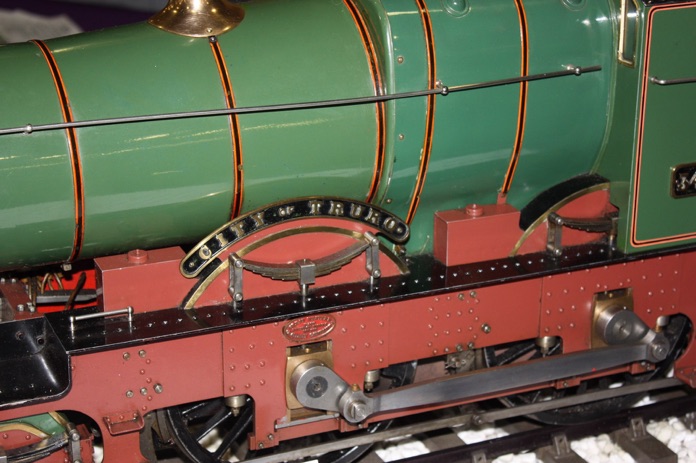
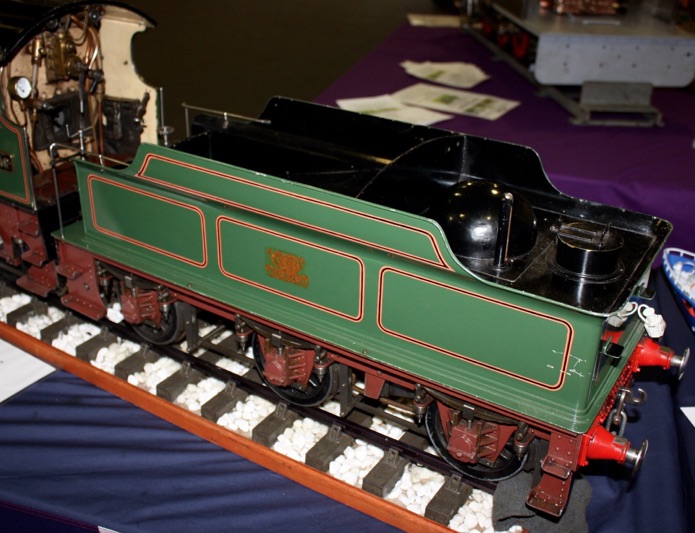
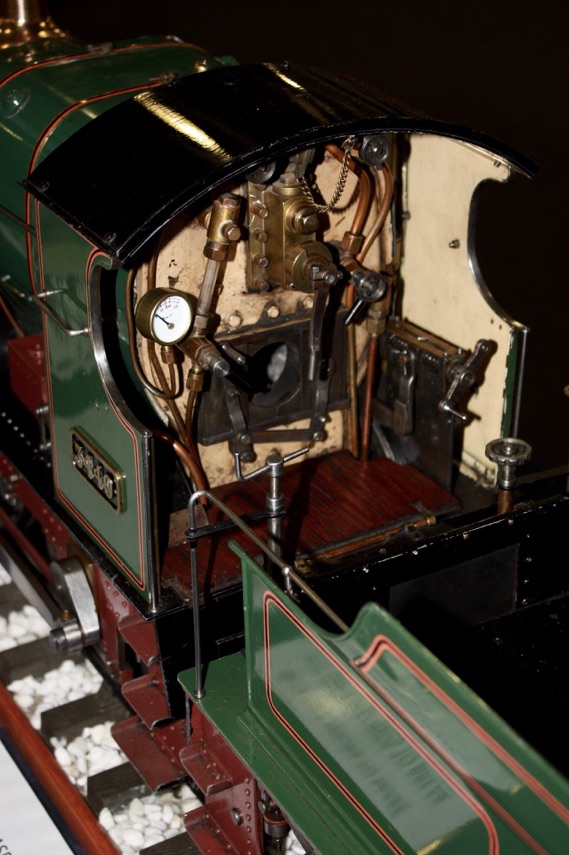
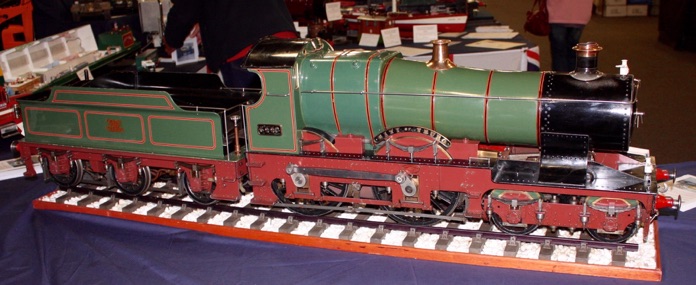
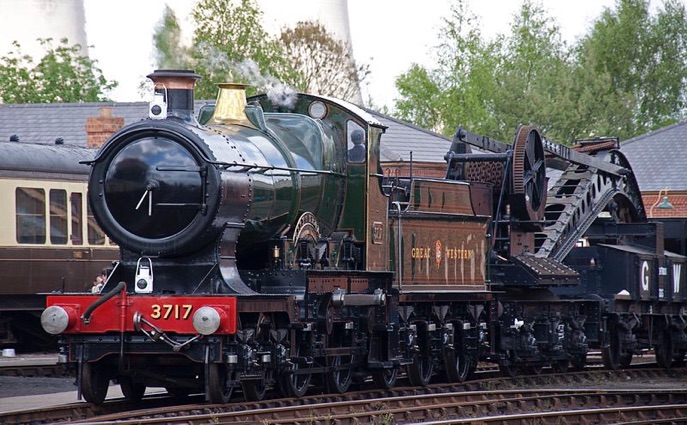
Photo taken at Didcot in 2010 by Tony Hisgett









